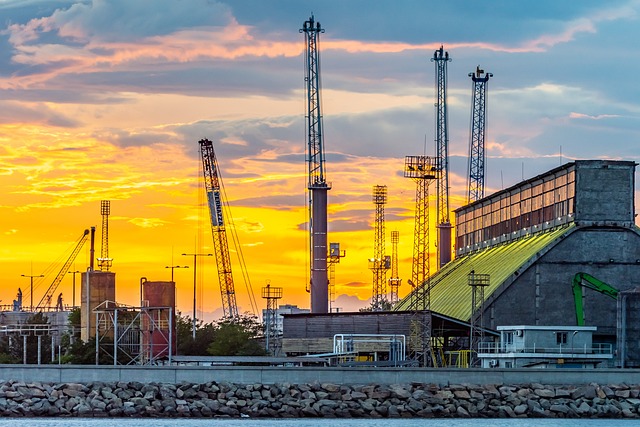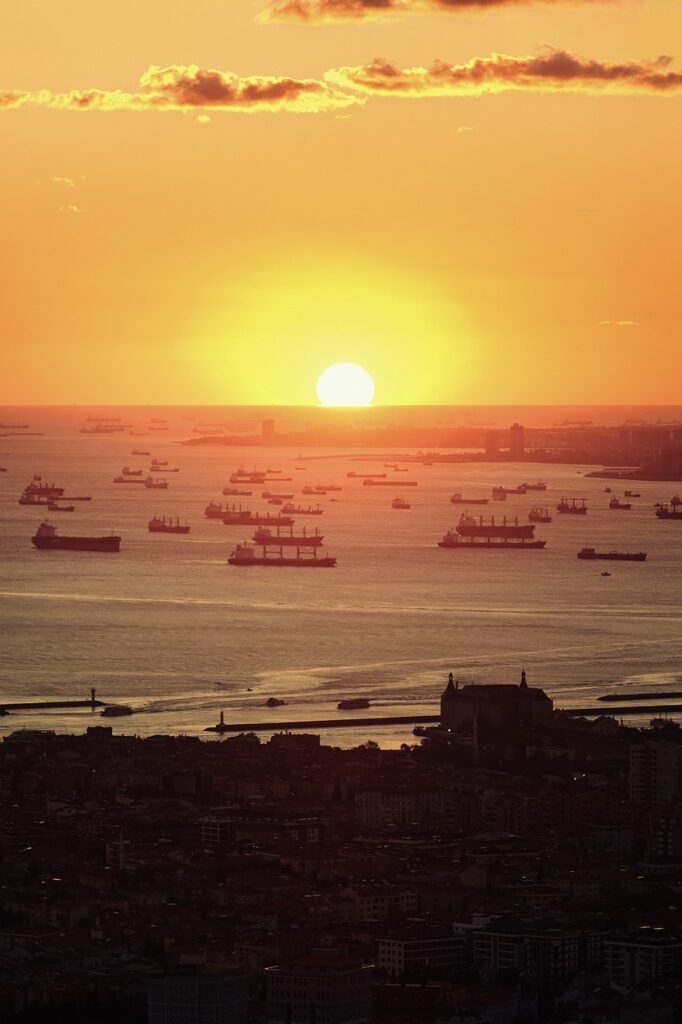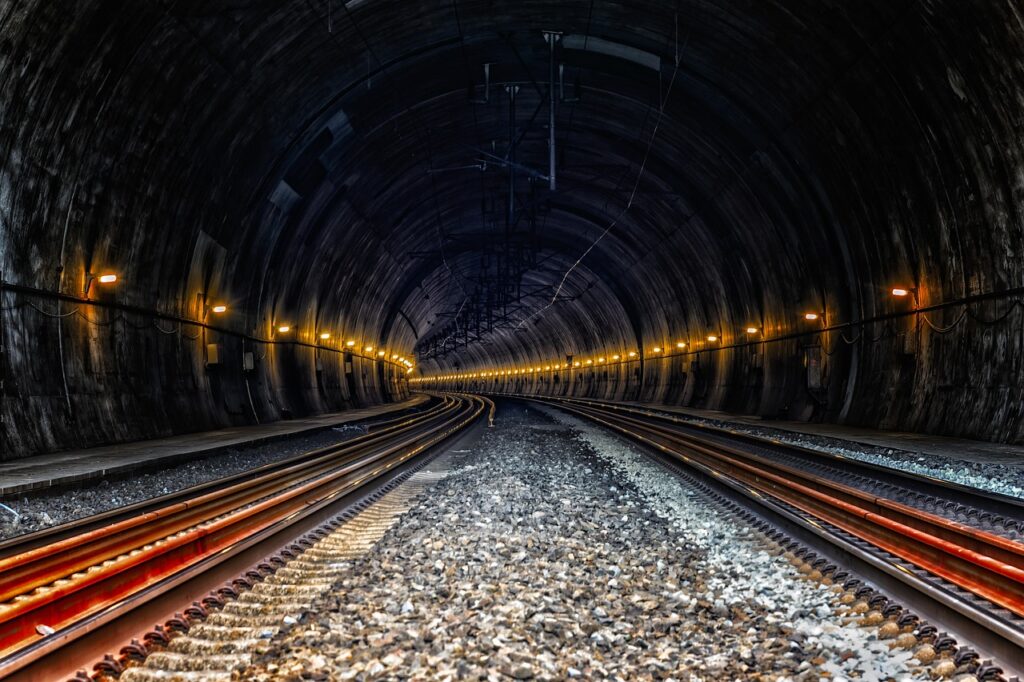
Northeast India likely to have access to seaport
Northeast India likely to have access to seaport Indian government is not leaving any stone unturned to develop every sector of the northeastern part of the country. Once troubled, isolated and alienated, the northeast will soon be able to use a seaport in neighboring Myanmar for transport and trade. The Sittwe port in the Bay of Bengal is expected to link Mizoram in the far east of India with the ocean through riverine transport and roadways.
Named the Kaladan Multi-Modal Transit Transport Project, the venture includes the improvement of Sittwe port in the Arakan State of Myanmar, the construction of an inland waterway on the Kaladan river and the preparation for a highway transportation system connecting Aizawl on way to Guwahati, according to EastMojo
Kaladan enters Myanmar and crosses two underdeveloped states, namely Arakan (Rakhine) and Chin, before culminating in the sea. A feasibility study revealed that the river is navigable from its confluence point at Sittwe to Paletwa. From there, the river becomes shallow and maintains curves. Hence road transport is being proposed from Paletwa to the Indo-Myanmar border. It is
assumed that the vessels will arrive at Sittwe from different sea routes once it becomes operational and the goods will be transported via the Kaladan river towards Paletwa, covering 158 kilometres. Then the goods will be carried by trucks (109 km) to enter India through Zorinpui/Lomasu in southern Mizoram. From the Myanmar border, those will connect to Lawngtlai point (117 km away) on National Highway 54 and proceed further as needed.
The Kaladan Multi Modal Transit Transport Project was jointly identified by the India and Myanmar to create a multi-modal mode of transport for shipment of cargo from the eastern ports of India to Myanmar as well as to the NorthEastern part of India through Myanmar. This project, which will connect Sittwe Port in Myanmar to the India-Myanmar border, is expected to contribute to the economic development of the North-Eastern States of India, by opening up the sea route for the products. It also provides a strategic link to the northeast, thereby reducing pressure on the Siliguri Corridor. In the absence of an alternate route, the development of this project not only serves the economic, commercial and strategic interests of India, but also contributes to the development of Myanmar, and its economic integration with India. Since the project is of political and strategic significance, it was decided to execute it through India’s grant assistance to Myanmar.
The project was formalised in 2008 under New Delhi’s Look East Policy and its primary aim was to develop trade with Myanmar and other south-east Asian nations. The political observers believed the initiative would help the people in both countries and Naypyidaw to be transformed into a multi-party democratic regime.
But New Delhi’s specific development initiative could not help Myanmar to emerge even as a quasi-democratic nation as the military rulers once again orchestrated a coup ousting a democratically elected government on 1 February 2021.
Very recently, India’s Ports, Shipping and Waterways Minister Sarbananda Sonowal commented that the Sittwe port has been readied for full operation. Designated as an international port for transporting general goods last year, it would help change the traditional trade routes to connect northeast through the Siliguri corridor (which is just 20 km wide). The India’s Cabinet chaired by Prime Minister Narendra Modi recently approved the revised cost for the Kaladan project, reported EastMojo
Final touches to the Paletwa water-to-land terminus have been given amidst all troubles inside the country and a 117 km two-lane road connecting the Myanmar border with Lawngtlai remains under construction. After its construction, the Kaladan project is expected to be operationally provided with the security scenario in western Myanmar significantly improves irrespective of the change of regime after the proposed national elections by this year or the continuation of the same military junta in Naypyitaw.
Northeast India likely to have access to seaport Read More



